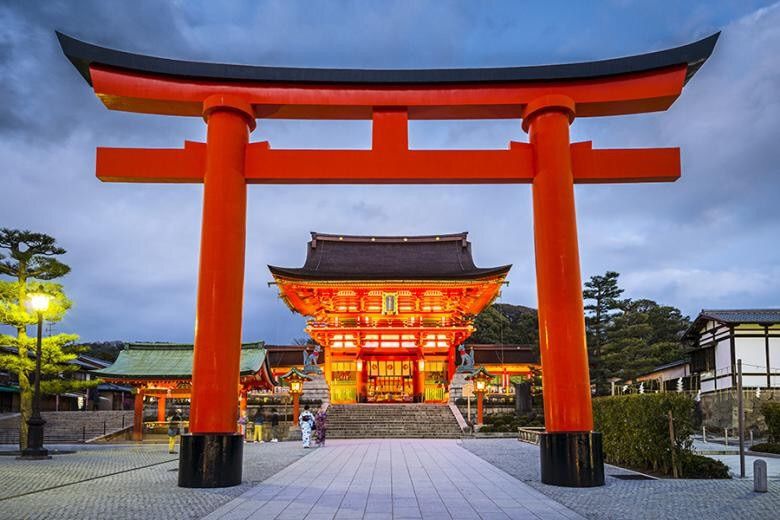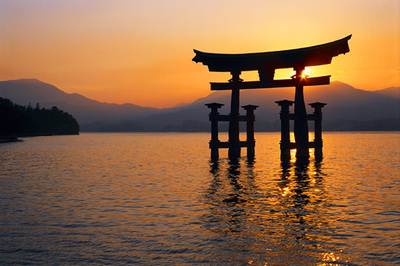
For this article, we visited the beautiful Nezu Shrine in Tokyo’s Bunkyo Ward. To make your experience a pleasant one without insecurities, let’s go over the general rules of praying at a Shinto shrine. However, there are general worship practices and etiquettes, a routine that works for every shrine you plan on visiting.Įven Japanese people are often not sure about it: “Is this the right way?” and “Did I do it wrong, maybe?” are thoughts that seem to pop up during or after worshiping rather often. Regional customs are also common, and the way of praying can differ by shrine as well. Jiraiya Gamma, better known as 'Bullfrog' (Grindhouse and Watercolors), is the all-powerful Volcano God of Mount Aso.
#Shinto kami how to
For tourists, visiting a Shinto shrine is a unique experience that allows for a brief but fascinating glimpse into Japan’s rich history and traditions.Īs such, it’s on the list of pretty much anyone coming to Japan – but how to do it? Generally, it is said that there are no strict rules when it comes to praying at a Shinto shrine and everyone seems to do it just a little differently. Susanoomon (Digimon) is a godly Digimon based upon the Shinto deity Susanoo. But how to do it properly, according to the Japanese?įor Japanese people, this routine comes natural and innumerable people go to a shrine for occasions such as New Year’s and various festivals and holidays throughout the year. Pass through the torii, a large gate that marks the entrance to every such shrine, and pray before the main hall to ask the kami (Shinto deities) for a wish and their blessing. It is the largest religion in Japan, with nearly 80% of the population practicing its traditions.Shinto shrines, called “jinja” in Japanese, haven’t only played an important role throughout Japan’s history but also are an inherent part of daily life even today.

Shinto is a religion of Japan and its people.




 0 kommentar(er)
0 kommentar(er)
